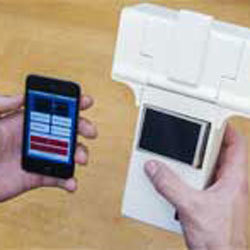Today we’re accustomed to going on the Internet to visit websites, send e-mails, shop online, run mobile apps, and even get up to the second and down to the inches directions from satellites orbiting the earth. We’re seeing medical devices and related hardware moving faster towards the same kinds of consumerization, their sensors switching from analog to digital native, becoming more mobile, and perhaps most importantly, becoming part of the “Internet of Things” (IoT) by generating enormous amounts of coveted clinical data.
What’s going to be even more spectacular is that you’ll soon be wearing smart watches that can know your vital signs, electronic “bandaids” that can sense whether wounds are healing, and many other personal medical devices that continuously monitor things going on within and around your body. These kinds of devices will make up what will soon become the “Medical Internet of Things” (mIOT). mIOT devices will generate significant amounts of data and managing this data becomes what’s known as a “big data” problem. The reason is obvious – data flowing continuously from your body comes in rapid velocity, large volumes, and many different kinds of variety.
As we create and upgrade future devices, our designers must realize that they’re no longer just making standalone devices, they’re likely crafting a system component that fits into a larger system of systems ecosystem that is creating and moving around enormous amounts of coveted data. Coveted because that data can be used to improve diagnostics, tailor clinical workflows, improve patient safety, and advance care coordination. All of these kinds of tasks and the data that will make them possible become even more important as payment models move from FFS to outcomes-driven.



 Your new post is loading...
Your new post is loading...







